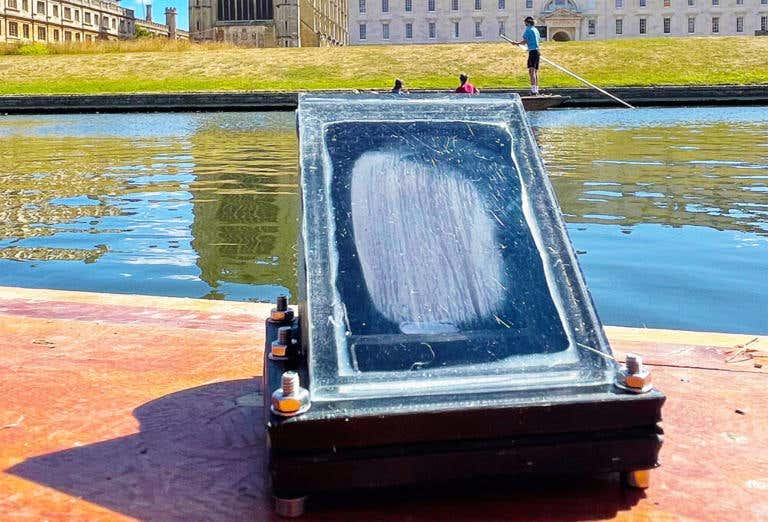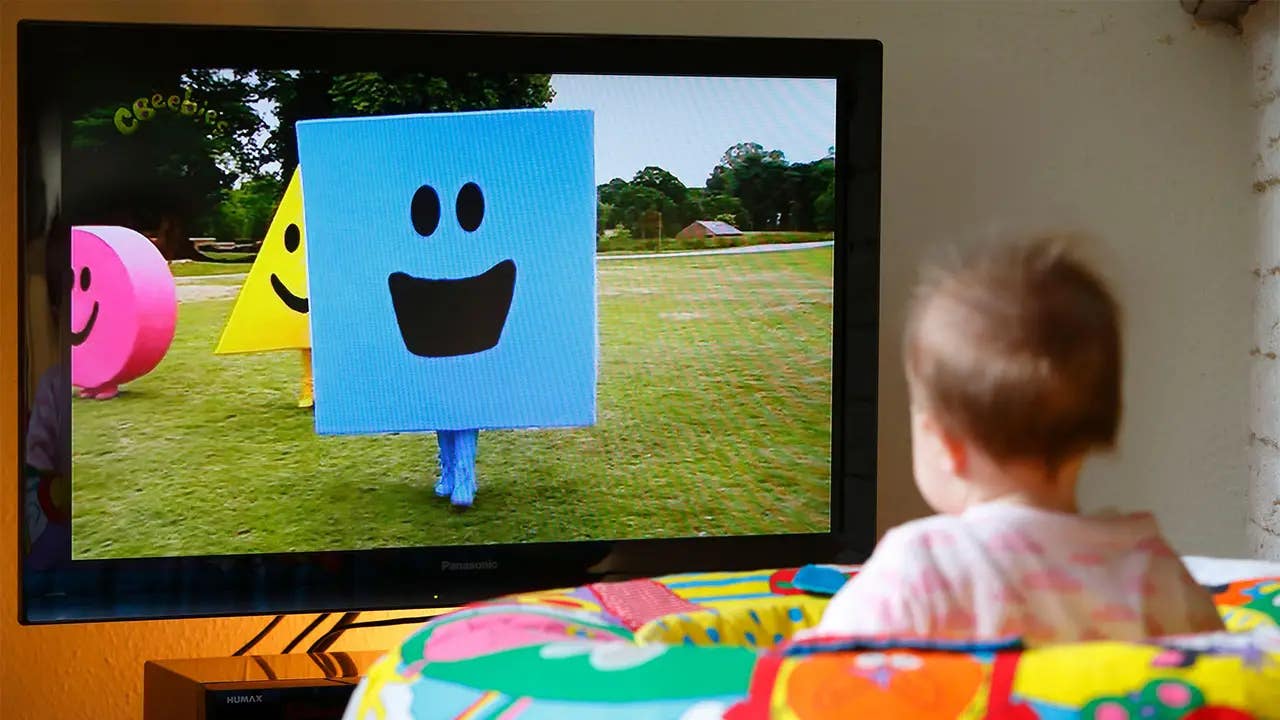Revolutionary ‘Artificial Leaf’ generates clean drinking water and hydrogen fuel from sunlight
Artificial Leaf can transform access to clean drinking water and renewable energy in resource-limited or off-grid environments

[Nov. 20, 2023: JD Shavit, The Brighter Side of News]
Researchers have unveiled a remarkable device that draws inspiration from the natural world's most efficient energy converter: photosynthesis.. (CREDIT: University of Cambridge)
In a groundbreaking development, scientists at the University of Cambridge have unveiled a remarkable device that draws inspiration from the natural world's most efficient energy converter: photosynthesis.
This innovative creation, termed the 'artificial leaf,' has the potential to transform access to clean drinking water and renewable energy in resource-limited or off-grid environments, addressing two critical global challenges simultaneously.
The artificial leaf device represents a significant leap forward in the field of sustainable technology. Unlike previous iterations, which focused on producing green hydrogen fuel from pristine water sources, this cutting-edge invention operates efficiently with polluted or even seawater sources while concurrently generating clean drinking water. The results of their pioneering research are published in the prestigious journal Nature Water.
"Bringing together solar fuels production and water purification in a single device is tricky," remarked Dr. Chanon Pornrungroj, co-lead author of the research and a member of Cambridge's Yusuf Hamied Department of Chemistry. "Solar-driven water splitting, where water molecules are broken down into hydrogen and oxygen, needs to start with totally pure water because any contaminants can poison the catalyst or cause unwanted chemical side-reactions."
The potential applications of this technology in remote or developing regions, where access to clean water is limited and water purification infrastructure is scarce, are particularly promising. Co-lead author Ariffin Mohamad Annuar emphasized, "A device that could work using contaminated water could solve two problems at once: it could split water to make clean fuel, and it could make clean drinking water."
The researchers achieved this remarkable feat by depositing a photocatalyst on a nanostructured carbon mesh designed to efficiently absorb both light and heat. This system generates water vapor, which the photocatalyst utilizes to produce hydrogen.
Related Stories
Crucially, the porous carbon mesh is treated to repel water, serving a dual purpose by preventing the photocatalyst from coming into contact with the water below, thus shielding it from potential contaminants.
Furthermore, the artificial leaf device harnesses a broader spectrum of solar energy, maximizing its efficiency. "The light-driven process for making solar fuels only uses a small portion of the solar spectrum – there's a whole lot of the spectrum that goes unused," explained Mohamad Annuar. To capture more solar energy, the team incorporated a white, UV-absorbing layer atop the floating device for hydrogen production via water splitting. This design allows the rest of the solar spectrum to be transmitted to the bottom of the device, where it vaporizes water, creating additional water vapor.
Dr. Pornrungroj elaborated on this approach, stating, "This way, we're making better use of the light – we get the vapor for hydrogen production, and the rest is water vapor. This way, we're truly mimicking a real leaf, since we've now been able to incorporate the process of transpiration."
Illustration of device construction and working principles of the SVG-PC sheet. UV, ultraviolet; Vis, visible; IR, infrared; VB, valence band; CB, conduction band. (CREDIT: Nature Water)
The implications of a device capable of simultaneously producing clean fuel and clean water using solar power alone are profound. One immediate benefit is its potential to mitigate the health and environmental hazards associated with indoor air pollution caused by the use of 'dirty' fuels, such as kerosene, for cooking. According to the World Health Organization, such pollution is responsible for over three million deaths annually. By switching to green hydrogen for cooking, a substantial reduction in this staggering figure could be achieved.
Additionally, the global water crisis, with 1.8 billion people lacking access to safe drinking water at home, could find relief through this innovative technology. "It's such a simple design as well: in just a few steps, we can build a device that works well on water from a wide variety of sources," noted Mohamad Annuar. The device's impressive tolerance for pollutants and its floating design enable it to operate effectively in turbid or cloudy waters, making it a versatile solution for diverse environments.
Physical characterization and PC loading optimization. a, SEM image of pristine Al:SrTiO3, b, TEM–EDX image of the as-prepared RhCrOx–Al:SrTiO3. c, Cross-section SEM images of the as-prepared SVG-PC sheet. (CREDIT: Nature Water)
Professor Erwin Reisner, who led the research, emphasized the significance of their findings: "Our device is still a proof of principle, but these are the sorts of solutions we will need if we're going to develop a truly circular economy and sustainable future. The climate crisis and issues around pollution and health are closely related, and developing an approach that could help address both would be a game-changer for so many people."
The innovative 'artificial leaf' device developed by researchers at the University of Cambridge offers a glimmer of hope on multiple fronts. By combining water purification and renewable energy production into a single, efficient system, it has the potential to alleviate pressing global challenges related to clean water access and sustainable energy production. As the world faces increasingly intertwined crises of climate change, pollution, and health, solutions like the artificial leaf hold the promise of a more sustainable and equitable future for all.
For more green news stories check out our Green Impact section at The Brighter Side of News.
Note: Materials provided above by Derek Markham. Content may be edited for style and length.
Like these kind of feel good stories? Get the Brighter Side of News' newsletter.
Joshua Shavit
Science & Technology Writer | AI and Robotics Reporter
Joshua Shavit is a Los Angeles-based science and technology writer with a passion for exploring the breakthroughs shaping the future. As a contributor to The Brighter Side of News, he focuses on positive and transformative advancements in AI, technology, physics, engineering, robotics and space science. Joshua is currently working towards a Bachelor of Science in Business Administration at the University of California, Berkeley. He combines his academic background with a talent for storytelling, making complex scientific discoveries engaging and accessible. His work highlights the innovators behind the ideas, bringing readers closer to the people driving progress.



